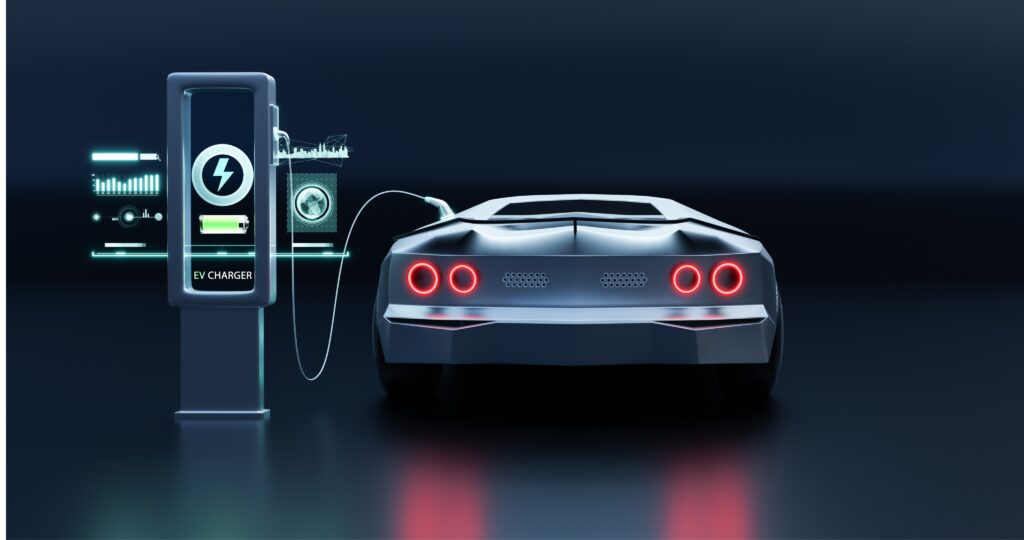
As electric vehicles (EVs) continue to gain popularity, understanding how to effectively use displays in these vehicles and their corresponding charging stations becomes increasingly important. Displays serve as a crucial interface for drivers, offering essential information about battery status, charging times, navigation, and more. This blog will explore the various aspects of display usage in electric vehicles and EV chargers, highlighting their significance for both the driver and the overall EV experience.
The Role of Displays in Electric Vehicles
1. Battery Status and Range Information
One of the primary functions of an EV display is to provide real-time information about the vehicle’s battery status. This includes the current charge level, estimated range, and energy consumption. A well-designed display allows drivers to make informed decisions about when and where to charge, reducing range anxiety—one of the biggest concerns for potential EV buyers.
2. Charging Information
Displays also offer vital information about charging. They can show the charging speed, the time remaining until the battery is fully charged, and notifications about charging interruptions. Many modern EVs come with smartphone apps that sync with the vehicle’s display, allowing users to monitor their charging remotely.
3. Navigation and Route Planning
Incorporating navigation into EV displays is essential for enhancing the driving experience. Many EVs now come equipped with built-in navigation systems that can identify charging stations along the route. This not only aids in planning longer trips but also helps drivers avoid running out of charge. Some systems can even optimize routes based on charging station availability and charging times.
4. Vehicle Diagnostics and Alerts
Displays also serve as a diagnostic tool, alerting drivers to any issues that may arise. For instance, if there’s a problem with the battery or the charging system, the display will provide warnings and troubleshooting steps. This proactive approach to maintenance ensures that drivers can address issues before they become significant problems.
The Importance of EV Charger Displays
1. User-Friendly Interface
Just like in vehicles, the display on EV chargers plays a crucial role in user experience. A clear and intuitive interface allows users to start and stop charging sessions, select charging speeds, and make payments with ease. A well-designed display can help reduce confusion and streamline the charging process, making it more accessible for all users.
2. Real-Time Status Updates
EV charger displays provide essential real-time information, such as charging status, estimated completion time, and cost of the charging session. This transparency helps users feel more in control of their charging experience and allows them to plan their time effectively.
3. Payment and Authentication
Many charging stations require user authentication and payment processing. Displays facilitate this by guiding users through the steps to connect their accounts, choose payment methods, and complete transactions securely. This capability is crucial for encouraging EV adoption, as it simplifies the charging experience.
4. Promoting Sustainability and Education
Displays on EV chargers can also serve an educational purpose. They can showcase information about the benefits of EVs, provide updates on renewable energy sources, or promote local sustainability initiatives. This not only enhances the user experience but also fosters a sense of community around electric vehicle usage.
Future Trends in Display Technology
As technology evolves, we can expect to see even more advanced display systems in EVs and charging stations. Here are a few trends on the horizon:
1. Augmented Reality (AR)
Imagine an AR display that overlays charging station information onto the real world. This could help drivers easily find nearby chargers or even navigate them while driving.
2. Personalized User Experiences
With advancements in artificial intelligence, displays may become more personalized, offering tailored suggestions for charging based on the driver’s habits and preferences.
3. Integration with Smart City Infrastructure
As cities become smarter, we can anticipate better integration between EV displays and city infrastructure, optimizing charging station usage based on real-time traffic and demand data.
Conclusion
The displays in electric vehicles and charging stations are more than just screens; they are critical interfaces that enhance the user experience, promote efficient charging, and educate drivers. As EV technology continues to evolve, so too will the displays that support it, paving the way for a more seamless and enjoyable electric driving experience. Embracing these innovations will be key to encouraging widespread adoption of electric vehicles and building a sustainable future.
Microtips Technology https://microtipsusa.com/ , one of the reputed touch panel manufacturers is providing touch panels, EV chargers, and other custom-made display panels for your vehicle for an emerging market.
Microtips Technology: Innovative Solutions. Your Vision. Our Goal.
Visit www.microtipsusa.com for more details.
(888) 499-8477
